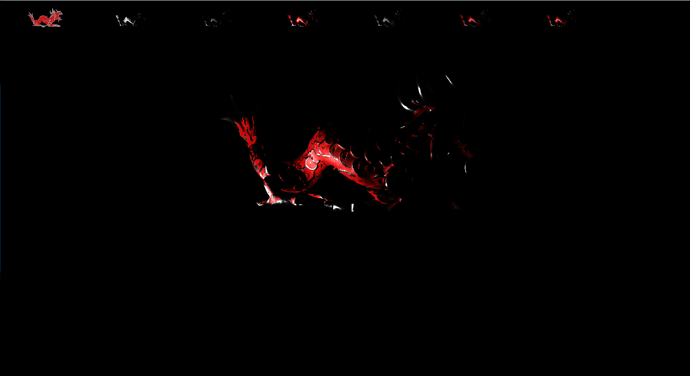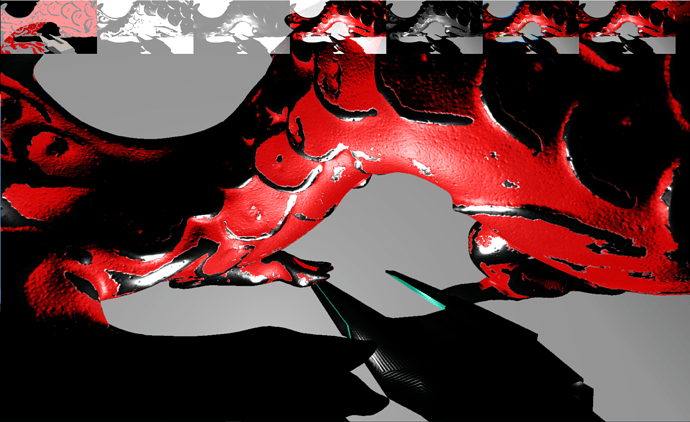Hi everyone,
I have a small problem that I can’t seem to wrap my head around. I’ve build a Frankensteins’ monster shader from example code by Kosmonautgame’s very intense shaders and the Monogame community members indirect help. I broke them down in to smaller shader so I can understand them a little removing complex stuff like Temporal-AA etc.
[Problem] Using Monogame 3.6, rendered with graphics.GraphicsProfile = GraphicsProfile.HiDef; @4K
My shader seems to be working just fine for the most part; this is what I see on launch.
At this point (ignoring not having IBL in the PBR engine at the moment) we can clearly see that there is a point light about mid way past the body and the lighting looks correct.
This is what happens if my Camera moves in side the light radius, and it gets worse the close I get to it, I moved much closer with the camera for the screen shot here.
As you can see, it’s lighting the background even though there is no geometry or anything there to light.
It does fade from the center to the edge exactly as a point light should.
Note: If you were wondering about the images at the top, the in order (left-right) Albedo buffer, Defuse Buffer, Spec Buffer, the rest are just post process effects like Grayscale, Guasian blur etc.
Here is a cut of the PixelshaderFunction, my current guess is that its either to do with depth, or a clamping issue, but that’s just me guessing.
float3 specularColor = float3(1, 1, 1);
float4 Specular = float4(0, 0, 0, 0);
float4 Diffuse = float4(0, 0, 0, 0);
float F0 = tex2D(specularTransmittanceAOSampler, input.TexCoord).r;
float AO = tex2D(specularTransmittanceAOSampler, input.TexCoord).a;
float3 PointLightDirection = position.xyz - PointLightPosition;
float DistanceSq = lengthSquared(PointLightDirection);
float radius = PointLightRadius;
//----------------------------
if (DistanceSq < abs(radius * radius))
{
Diffuse = AO;
if (F0 == 0) {
F0 = lerp(0.04f, albedo.g * 0.25 + 0.75, metallic);
}
if (tex2D(specularTransmittanceAOSampler, input.TexCoord).r > 0) {
specularColor = albedo.rgb * lightColor;
}
else {
specularColor = lightColor * (1 - F0);
}
float Distance = sqrt(DistanceSq);
//normalize
PointLightDirection /= Distance;
float du = Distance / (1 - DistanceSq / (radius * radius - 1));
float denom = du / abs(radius) + 1;
//The attenuation is the falloff of the light depending on distance basically
float attenuation = 1 / (denom * denom);
float3 N = normalize(normal);
float3 L = normalize(PointLightDirection);
float3 V = normalize(position.xyz - cameraPosition);
float3 H = normalize(-L + V);
float NdL = clamp(dot(N, -L), 1e-5, 1.0);
Diffuse *= float4(DiffuseOrenNayar(NdL, N, -L, -V, lightIntensity, lightColor, 1 - roughness) * attenuation, 0);
Specular = float4(SpecularCookTorrance(NdL, N, -L, -V, lightIntensity, specularColor, F0, roughness)* attenuation, 0);
}
output.Color0 = Diffuse * (1 - F0);
output.Color1 = Specular;
return output;
Any ideas?
Thanks.

